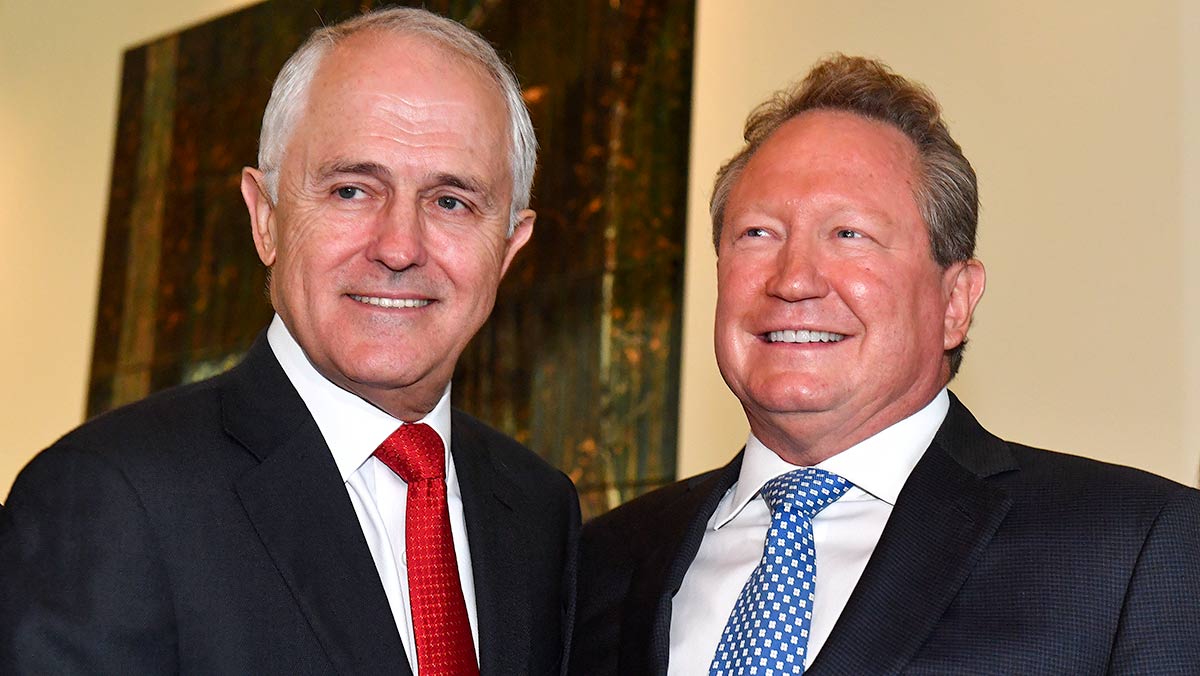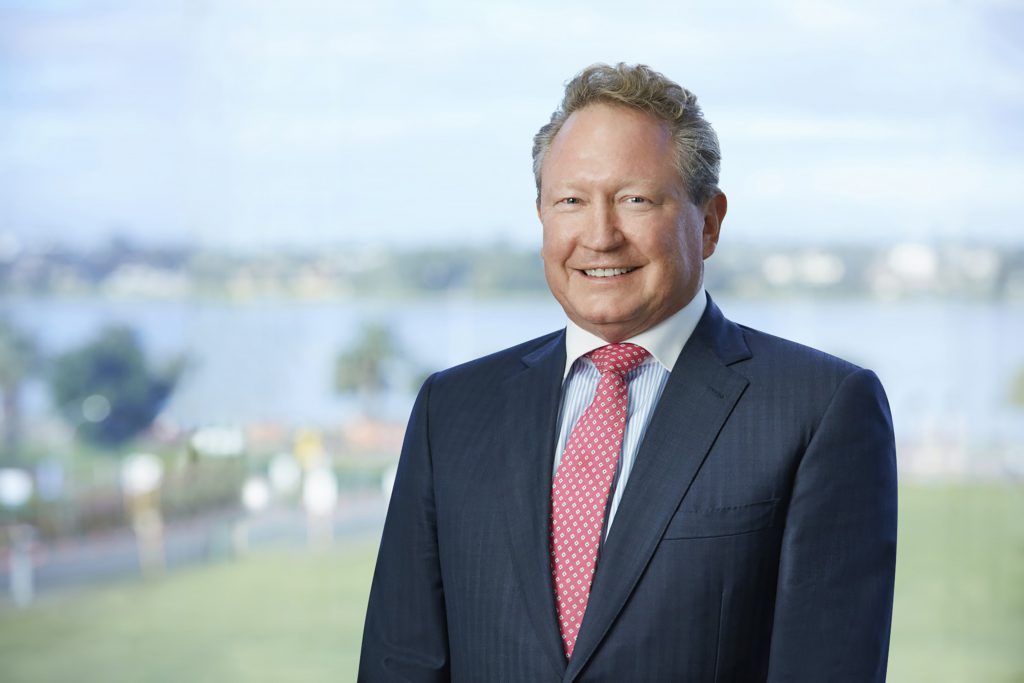Friday's march was significant as Montreal's first large-scale environmental protest since the pandemic began.
Author of the article: René Bruemmer
Publishing date: Sep 24, 2021 •

Thousands of mostly young Montrealers bearing placards reading “Wake up Mr. Trudeau” and “There is no Planet B” gathered on Mount Royal and then joined a spirited Global Protest for Climate Justice march that stretched for kilometres through the streets of downtown Friday.
They were part of the first major in-person Fridays for Future strikes — started by Swedish teen activist Greta Thunberg — to be held since the pandemic began, and which drew similar crowds in more than 1,500 cities. Thunberg attended a massive rally in Berlin on Friday.
Although nowhere near the size of the mega-march that overtook Montreal in September 2019 — when Thunberg, just 16 at the time, led an estimated 500,000 people in a call for action on climate change — Friday’s march was significant as the city’s first large-scale environmental protest since COVID-19 quelled outdoor congregations.
Many attendees, most of them masked, said they were spurred to turn out because the recent federal election left them doubtful Canada’s political leaders are taking the issue seriously.
“I think the greatest threat to our health in the 21st century is the climate,” said Audrey Claveau, a pharmacist and member of the Canadian Association of Physicians for the Environment who came to the mountain. Her young daughter held a hand-painted cardboard sign that read “I adore dinosaurs but I don’t want to end up like them.”
“I think it will affect much of the population,” said Claveau, “the aged, the asthmatic, those with health conditions, so it’s important to say it. And the government isn’t acting quickly enough.”
Claveau wants to see emissions cut drastically between now and 2030, and for government subsidies to oil and gas corporations to be halted.
Jenna Deer-Frainetti came to the monster rally in 2019, at the age of 15. Now a student at John Abbott College, she returned because “I don’t want to live on a planet that is burning,” she said. “Things are not progressing in the direction we wanted. There are more people in the younger generation that are getting involved, but I don’t think our government is doing enough. Especially with the recent election, I don’t think anything is getting done.”
She wants stricter carbon taxes to be implemented, clean drinking water to be available on all Indigenous reserves, and bans on sales of one-use plastics.
Friday’s Montreal march was organized by the Racial Justice Collective, Solidarity Across Borders, Coalition étudiante pour un virage environnemental et social and Pour le futur Mtl.
Organizers emphasized the idea that marginalized groups and developing nations are the ones that suffer the most from the effects of climate change. Abdoul Kane, spokesperson for Solidarity Across Borders, said the message is finally getting through.
“There is a large segment of the population that has a new awareness and that has decided to rise up to show to other Canadians what we are doing as a country is destroying the Earth and creating famines and a lot of problems in the world,” Kane said. “I think this is a good start to be able to start showing people that what we are doing is not good.”
Following the speeches, demonstrators walked down Parc Ave. and then west along Sherbrooke St. in a protest that was mostly peaceful. Montreal police reported three arrests: one for mischief, one for assault on a police officer and one for threats.
As protesters walked in the sun of an unseasonably warm late-September day, their signs, featuring images of the Earth on fire, countered the upbeat tone of the march.
Amid them, one protester carried a placard bearing just one word: “Panic.”
rbruemmer@postmedia.com
Rachel Lau
Friday, September 24, 2021
MONTREAL -- Quebecers across the province took part in a Canada-wide demonstration to demand action be taken against climate change Friday.
Activists said they want to #uprootthesystem and "demand for intersectional climate justice."
"I had really just been focusing on my own personal carbon footprint, my family, my school, but I saw that really what we need is to unite our voices to demand action from the people who can make a real difference -- from our political leaders and from large companies," said Shirley Barnea with Pour le Futur Montreal.
The youth-led and organized global climate strike movement started in August 2018 when then-15-year-old Swedish environmental activist Greta Thunberg started a school strike for the climate.
Soon joined by her peers, "they created the hashtag #FridaysForFuture, and encouraged other young people all over the world to join them. This marked the beginning of the global school strike for climate," the organization notes.
"Their call for action sparked an international awakening, with students and activists uniting around the globe to protest outside their local parliaments and city halls," the group explains. "Along with other groups across the world, Fridays for Future is part of a hopeful new wave of change, inspiring millions of people to take action on the climate crisis."
THREE ARRESTS
The Montreal police (SPVM) confirmed that three people were arrested during the protest, one for mischief, one for assault of a police officer and another for making threats.
"So three arrests were made by the Montreal Police Department side, no one was injured, and at this moment the protest is now over," said SPVM spokesperson Jean-Pierre Brabant.
WHAT THEY WANT
The group's message to political leaders includes asking:
The Global North to cut emissions drastically by divesting from fossil fuels and ending its extraction, burning and use.
"Colonizers of the north" pay their climate debt for their historic emissions.
For genuine global recovery from COVID-19 by ensuring equitable vaccine distribution and suspending intellectual property restrictions on COVID-19 technologies.
To recognize the tangibility of the climate crisis as a risk to human safety and secure the rights of climate refugees in international law.
To recognize the impact of biodiversity on Indigenous communities.
To stop violence and criminalization of Indigenous peoples, small farmers, small fisherfolk and other environmental and land defenders.
"Canada has such disproportionately large emissions compared to our population and such large historic emissions as well," Barnea states. "We're asking for Canada to be carbon neutral by 2030 to allow other countries to develop and reduce their emissions at a pace that is more comfortable."
POLITICIANS IN ATTENDANCE
Both the Quebec Liberals (PLQ) and Parti Québécois (PQ) have said they plan to attend the marches.
Liberal Leader Dominique Anglade, as well as "numerous" members of her party, will be in Montreal Friday.
The demonstration is set to take place starting at the Sir George Etienne-Cartier Monument at 1 p.m.
The PQ says it will have politicians in attendance at marches in Alma, Joliette and Quebec City.
Jonquière representative Sylvain Gaudreault will take part in the demonstration in Alma, which starts at 11:30 a.m. at the Green Plains behind the Mario-Tremblay Centre.
Joliette MNA Véronique Hivon will be at the march in Lanaudière, set to start at 12 p.m. at CEGEP régional de Lanaudière.
PQ Leader Paul St-Pierre Plamondon is expected to join those demonstrating in Quebec City starting at 1 p.m. from Place d'Youville.

Students take part in a climate change protest, in Montreal, Friday, Sept. 24, 2021.
Climate change challenges will be 'immense': Quebec mayors demand change from province
Trudeau pushes back against accusations he has done 'nothing' for environment
Montreal mayor, McGill professor among the top 16 'green' professionals
Thousands of Quebecers call on provincial, federal governments to fight climate change
Changes have to happen now, says Dawson College
student, because 'we know that our future is in peril'
Thousands of people gathered in several different Quebec cities on Friday to press for stronger action action against climate change.
The demonstrations were part of a global movement inspired by the young Swedish environmental activist Greta Thunberg.
In Montreal, people of all ages came out to push for change, including the city's mayor, Valérie Plante.
"More than ever, the population is concerned about the climate crisis and asks governments to accelerate the ecological transition," she said on Twitter.
But there were plenty of kids participating. For example, nine-year-old Henri Amyot said he doesn't "want the world to burn because it's burning."
And eight-year-old Pacha Guillen said she doesn't want to live on a planet with so much garbage.
Mia Kennedy, a member of Dawson College's Green Earth Club, said it's time for concrete action.
"I think that we are all really passionate about the environment," she said.
"Especially as young people, we know that our future is in peril, and that if we don't mobilize and don't act now, we may be dying of climate change."
Organizers are calling for carbon neutrality by 2030 in Quebec, and are hoping Canada will cut its emissions and be a leader among G7 nations.
Based on a report by Kwabena Oduro
















